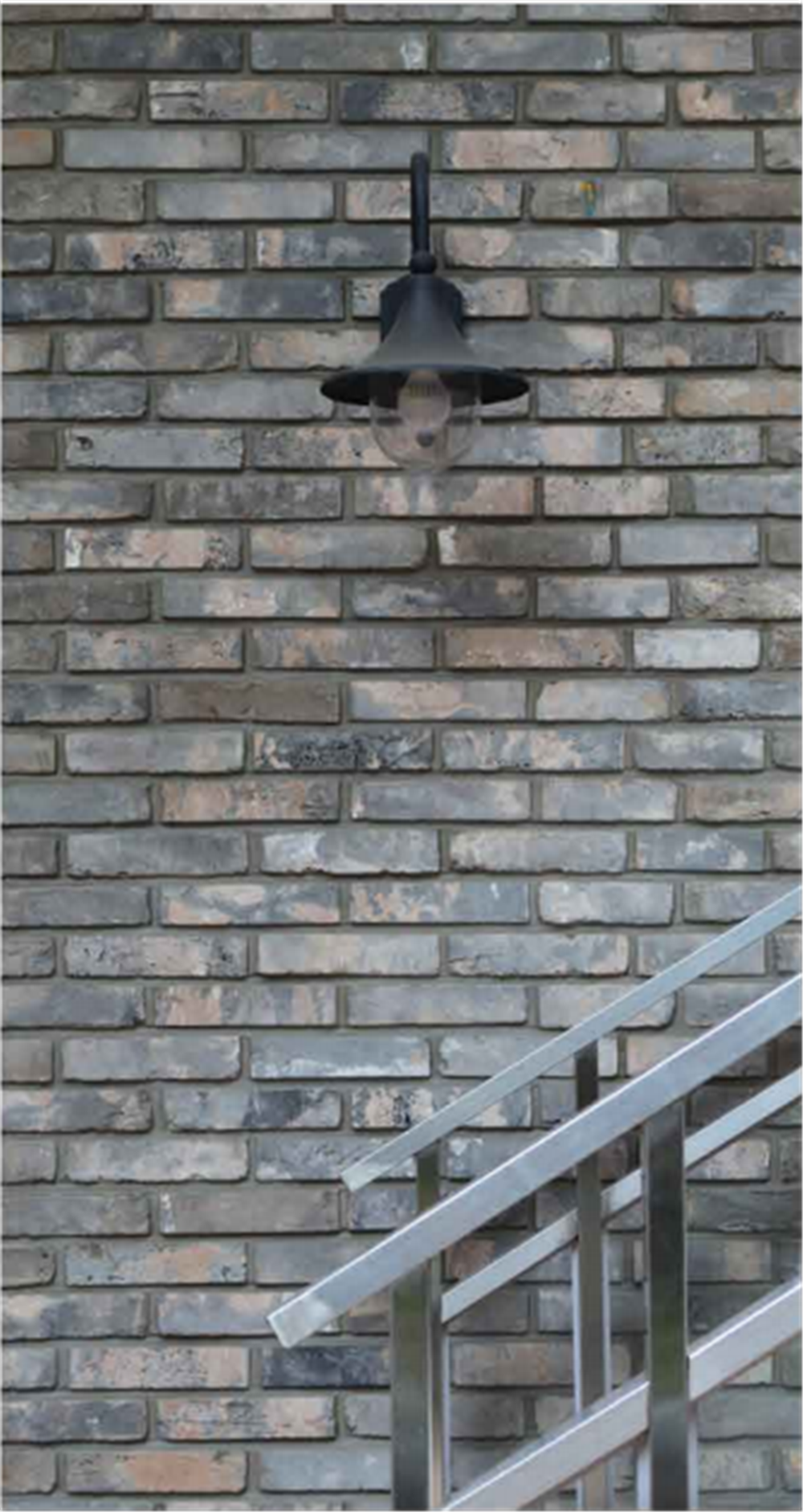https://www.fs-slate.com/fs-143/
Transforming a basement into a functional and inviting space is a popular home improvement project for many homeowners. One of the key elements in achieving this transformation is the choice of materials used for the walls and flooring. Cultured stone, also known as manufactured stone veneer, is a versatile and stylish option that can add elegance and character to any basement space. In this comprehensive guide, we will explore the benefits of using cultured stone in a basement, the installation process, and tips for maintenance to ensure long-lasting beauty.
Benefits of Cultured Stone in Basements
1. Aesthetics: Cultured stone offers the look and feel of natural stone at a fraction of the cost. It comes in a wide range of colors, textures, and styles, allowing homeowners to achieve the desired aesthetic for their basement space. Whether you prefer a rustic, traditional, or contemporary look, there is a cultured stone option to suit your style.
2. Durability: Cultured stone is made from a blend of cement, aggregates, and pigments, making it a durable and long-lasting material for basement walls. It is resistant to wear and tear, moisture, and temperature changes, making it ideal for basement environments that may experience high humidity levels.
3. Insulation: Cultured stone provides some degree of insulation for basement walls, helping to regulate temperature and reduce energy costs. By adding a layer of cultured stone veneer to your basement walls, you can improve the overall energy efficiency of your home.

4. Easy Installation: Cultured stone is lightweight and easy to install, making it a popular choice for DIY enthusiasts and professional contractors alike. The installation process is relatively straightforward and can be completed in a short amount of time, allowing you to enjoy your newly transformed basement space sooner.
5. Versatility: Cultured stone can be used in a variety of ways in a basement, from accent walls to fireplace surrounds to bar areas. Its versatility allows homeowners to get creative with their design choices and create a truly unique and personalized space.
Installation Process
1. Preparation: Before installing cultured stone in your basement, it is important to properly prepare the walls. This includes cleaning the surface, applying a waterproofing membrane if needed, and ensuring that the walls are structurally sound.
2. Application of Scratch Coat: To ensure proper adhesion of the cultured stone veneer, a scratch coat of mortar is applied to the wall. This coat provides a rough surface for the stone to grip onto and helps create a strong bond.
3. Setting the Stones: Once the scratch coat has dried, the cultured stones are individually placed on the wall in the desired pattern. Care should be taken to ensure that the stones are level and properly spaced to create a seamless look.
4. Grouting: After the stones are set in place, grout is applied to fill in the gaps between the stones and create a cohesive look. Grout color can be chosen to complement the cultured stone and enhance the overall aesthetic of the basement.
5. Sealing: To protect the cultured stone and enhance its longevity, a sealer is applied to the surface. This sealer helps to prevent staining, moisture penetration, and UV damage, keeping your basement walls looking like new for years to come.
Maintenance Tips
1. Regular Cleaning: To keep cultured stone looking its best, regular cleaning is essential. Use a mild detergent and water to gently clean the surface, avoiding harsh chemicals that may damage the stone.
2. Sealer Reapplication: Over time, the sealer applied to the cultured stone may wear off due to exposure to elements and everyday wear. It is important to reapply the sealer periodically to maintain the stone's protective properties.
3. Inspect for Damage: Periodically inspect the cultured stone for any signs of damage, such as cracks, chips, or discoloration. Addressing these issues early can prevent further damage and prolong the life of the stone.
4. Avoid Harsh Cleaning Methods: When cleaning cultured stone, avoid using abrasive materials such as steel wool or harsh scrub brushes, as these can scratch the surface and damage the finish. Stick to gentle cleaning methods to preserve the stone's appearance.
5. Address Moisture Issues: Basements are prone to moisture problems, which can be damaging to cultured stone. Be proactive in addressing any moisture issues in your basement, such as leaks or high humidity levels, to prevent damage to the stone and ensure its longevity.
Conclusion
Cultured stone is a versatile and stylish option for enhancing the walls of your basement. With its aesthetic appeal, durability, and easy installation, cultured stone can transform a dull basement space into a beautiful and functional area for relaxation and entertainment. By following the installation process outlined in this guide and implementing proper maintenance practices, you can enjoy the benefits of cultured stone in your basement for years to come. Consider incorporating cultured stone into your next basement renovation project and elevate the look and feel of your home.
